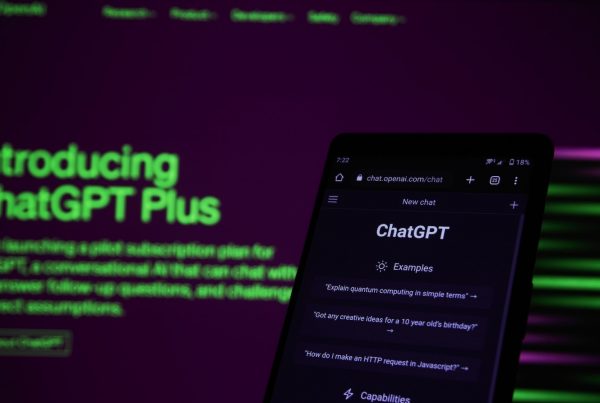The first time we read the resume, we were impressed. It didn’t tell us just about the person’s skills. It created the picture of a gentleman who loves reading books, has a lovely family, and is warm and friendly.
This resume stood out from the pile we had received and this was the first person we called for an interview.
Did we make him an offer and did he join our team? We’ll tell you that just a bit later. The point we are making is this: his resume was so different and impactful, that it felt like a mini-conversation with the person. If a resume can create this sort of first impression, doesn’t it say something about the person?
Many of us reduce our resumes to just a list of skills sets and achievements. Yes, it’s important to talk about them. But how about bringing in a context or an example that tells a story and interests the reader?
Jennifer Hay talks of the advantages of storytelling in career contexts in her blog. “Telling stories in a way that draws attention to your career achievements is a natural fit. Engaging stories about how you solved problems, created opportunities, and nurtured productive teams make the difference between moving forward and staying behind,” she says.
A good story in a ‘bio’ helps get people to “believe in you”, says Michael Margolis of Get Storied. He lists the route to take to re-jig your bio and create a new one that’s more about you and not just a set of keywords.
Which brings us to the reason we got so impressed with that resume we spoke of earlier. It had a human touch. It told us why and how this person could fit in to our team in a very engaging way.
We made him an offer, he accepted it, and did a great job of a star project. A happy ending to the resume story; we hope yours has such an ending too.




As the author of a whole book on using story in job-search communication, I’m always excited to see support for this concept. Can you share any excerpts from the resume to give us a feel for how it was “so different and impactful?”
Hi Kathy,
Thanks for writing in.
As this person is no longer part of our team, we wouldn’t want to take the liberty of sharing portions from his resume. But let me explain using an instance, why his resume seemed so ‘wow’.
Most bios we see begin with a mention of career objectives and then move on to describe key skills, work experience and educational qualification. At the end of this, there’s section in which people add their personal details.
Most people limit their details to their age, sex, marital status and hobbies, and in the form of a bulleted list. This resume had the details in the form of two well-written paragraphs. It began with a line similar to this: I make my home with my wife, my books and music, and many dreams. It felt like the person was talking to us.
P.S.: I admire your work tremendously and have been inspired to see how stories are a part of communication. This blog post too is a part of that effort.
Thanks for the shout out Vidya!
You do some fantastic writing Michael. Just had to mention it!
Looks like we share a couple of things in common – love for stories and chocolates. Though I don’t eat “more chocolates than the average human”.